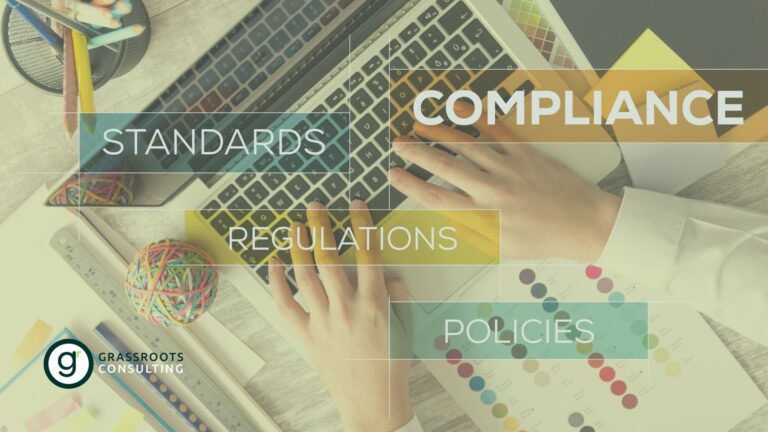With planned rises to employers’ National Insurance contributions coming into effect this April and the ripple effects of wage inflation pushing salaries higher, many businesses I’m speaking to are focusing their budgets on retaining existing staff. Ploughing resources into key personnel will be critical over the next 12 months — but what happens when your team needs to grow to meet demand?
For other firms, hiring new employees in 2025 isn’t just a question of whether you want to expand your team; it’s about determining whether you can afford to do so (and when). Calculating your hiring budget (combining increased salaries, employer NI contributions, pensions and hiring costs), plus working out your cashflow and timescales, can prove tricky – especially if you need to hire immediately or at set times throughout the year.
If you’re signing off your sales forecast and business plans for 2025 this week, here’s a practical guide to calculating the true cost of hiring and ensuring your recruitment decisions are rooted in sound business planning.
Calculating your Cost per Hire
It goes without saying that hiring isn’t just about the salary figure on the contract. But the true cost of bringing a new team member on board often surprises managers. Here’s a breakdown of the key areas to consider:
1. Salary and Tax Costs
- Base Salary: Start with the annual salary you’re planning to offer. If you’re paying an hourly rate or weekly pay, use an online calculator to work this out (factoring in for holidays).
- Employer National Insurance Contributions (NIC): From April 2025, employer National Insurance Contributions (NICs) will increase from 13.8% to 15%. You’ll also need to start paying contributions sooner – with the secondary threshold decreasing from £9,100 to £5,000 per year.
- Pension Contributions: Include your legal obligation to contribute at least 3% of qualifying earnings to a workplace pension scheme.
2. Benefits and Perks
Benefits such as health insurance, gym memberships, or car allowances add value for employees—but they’re an additional cost for your business. Calculate these on an annualised basis per employee.
3. Equipment and Setup
Every new hire needs a workspace, equipment, and tools to do their job. Costs may include laptops, phones, office furniture, software licenses and subscriptions. Go through your current P&L and work out the cost per head for each.
4. Training and Onboarding
A smooth onboarding and induction process is key to ensuring a successful hire, but may involve upfront costs, such as formal training programs, managerial time for mentoring or access to e-learning platforms
5. Recruitment Costs
Whether you’re advertising on a job boards, paying for LinkedIn access, working with a recruitment agency, or leveraging in-house teams, hiring takes time and money. Don’t forget to consider agency fees or advertising costs, time spent by HR or managers on interviews and shortlisting, plus any candidate assessments or testing you may use.
While the expense of hiring can be daunting, not hiring can also carry significant costs – through unmet demand, staff burnout or missed opportunities. Planning ahead ensures you avoid reactive hiring, especially in roles where skills shortages make recruitment more challenging.
Is Hiring the Right Move?
Here’s how to assess whether you truly need to expand your team:
1. Evaluate Upcoming Demand
Consider the workload over the next 6–12 months. Will your current team be able to meet customer demand without impacting quality? Look at metrics like project deadlines, order backlogs, and client feedback.
2. Assess Internal Capacity
Review your team’s current performance. Are there bottlenecks, delayed projects, or signs of burnout? If so, a new hire might be the key to sustaining operations.
3. Align with Business Strategy
Every hire should align with your growth strategy. Ask yourself:
- Will this role directly contribute to revenue or cost savings?
- Does it support a strategic priority, like entering a new market or launching a product?
4. Compare Costs to ROI
Use a simple formula:
Projected Revenue or Savings Generated by the New Hire ÷ Total Cost of Hiring and Employment
If the ROI justifies the expense, it’s likely a good investment.
Is it the right time?
If you anticipate hiring for roles with skills shortages, start planning now. Roles that are hard to fill can take months to recruit for, and unfilled positions can hamper your operations. Building a talent pipeline, strengthening your employer brand, and working with a recruitment partner can help reduce time-to-hire.
Summary
Hiring in 2025 requires careful financial planning and strategic foresight. By calculating the true cost of bringing someone on board and assessing your exact business needs, you can make informed decisions that benefit your team and your bottom line.
Remember: while the costs of hiring can seem steep, the costs of not hiring—or hiring the wrong person—can be even greater. Take the time to plan, and you’ll be ready to build a team that supports your long-term success.
If you need help to calculate your hiring budget and develop a recruitment strategy for 2025, please get in touch. We’ll help you understand market trends, candidate behaviours and industry insights, before working with you and your team to perform capacity planning and skills analysis to produce a targeted report and action plan to fulfil your growth objectives.






